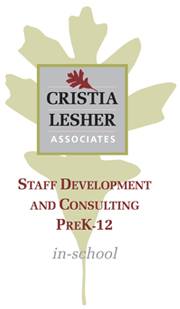#5 When your students add, can they explain how they got their answer?
Date: May 19th, 2015
By: Tom Schersten
Tom Schersten: It’s not until fourth grade that the common core standards expect kids to have memorized the traditional algorithms for addition and subtraction. That means that in the second and third grades, we have to have other ways of the kids modeling how their thinking is going.
Unfortunately, lots of kids are not able to explain what they did. They’re just not sure what words to use, and so what I have done is try to create a structure whereby the kids can move base 10 blocks to mimic what their thinking is.
This is a game mat, a mat made for adding two two-digit numbers into a single two-digit number. Up at the top, we have places for tens and ones, and tens and ones, and we’re going to move them down to the bottom, and we need to combine our tens with our tens, and our ones with our ones.
When we have things from the right hand number that need to go to the left column, to the tens, they can go under this underpass. When we have ones in the left hand side that need to go over to the right hand side, they can go over the overpass.
What this provides is a place to put the blocks, and pathways to move them in, so the kids can explain what their thinking was.
Let’s take a look at an example of the problem 35, add 27. I’m putting my 35 on the left side, in orange, and I’m putting the 27 on the right side, with yellow base 10 blocks. This first time that I do it, I’m going to model the traditional algorithm, where we add the ones column first.
I’m bringing down the seven ones, following the pathways down to the ones column at the bottom, and I’m taking the ones from the left hand number, coming over the overpass, so that I can join them here.
When I join these ones together, I see that I have enough to trade for another 10, so I’m counting out ten. 2, 4, 6, 8, 10. I’m trading these in for another 10 stick. This 10 stick now moves over to the tens column, and we have two ones left over.
Then I’m going to bring down my tens from the left-hand number, and bring down the tens from the right-hand number, going under the underpass, and we see that we have a total of 62. This is the usual algorithm, the traditional algorithm, where we add the ones first, and have our extra 10 traded at the beginning.
It could be that we do this in a different way. I’m putting my 35 back up at the top, on the left side, and I’m putting my 27 up at the top, on the right side. This time what I think I would like to do is bring five of my ones, from the right hand number, under the underpass, over to here, so I can join them with the five ones from the left-hand number.
I’m going to take this time, now, to trade in my 10 ones for an extra 10 stick, which can then slide down into the tens column. I’m going to bring my three tens down, into the tens column, and the two tens from the right side, going under the underpass, and over to the tens column, and we have our two ones that will come down the pathway into the ones column, and we have our answer of 62.
What this does is provides a structure for where the blocks are going to start, and where they end up, and the kids can move them to model what they’re thinking is. This, I think, will give them a much better chance of being able to explain their thinking.
This game board is printed on an 11-by-17 paper, which every photocopier in every school can print, and if you’re interested in having a copy of this structure for your kids, please see the link below.
The next video is going to show how to add these same two numbers, modeling them on a number line.

